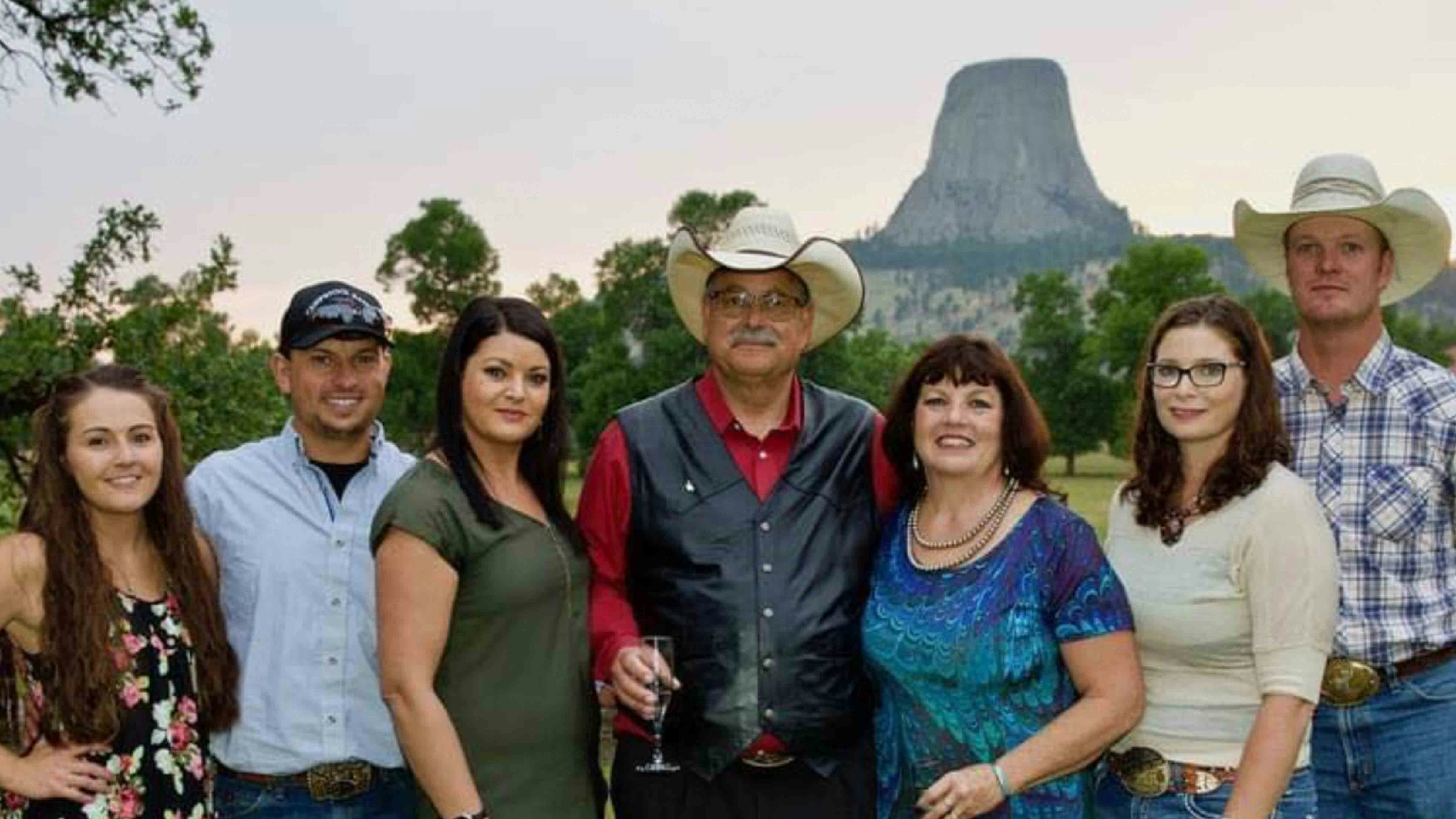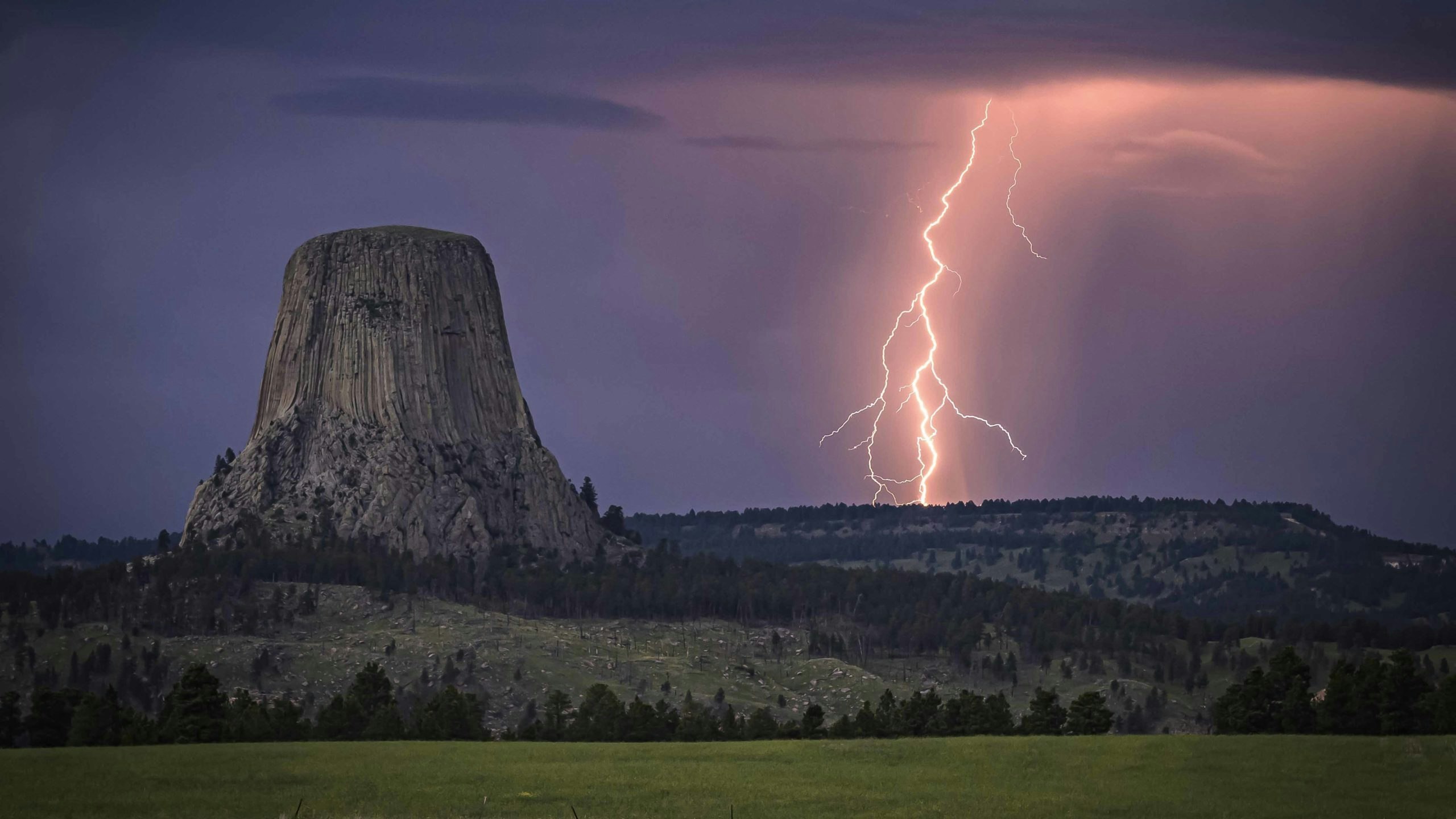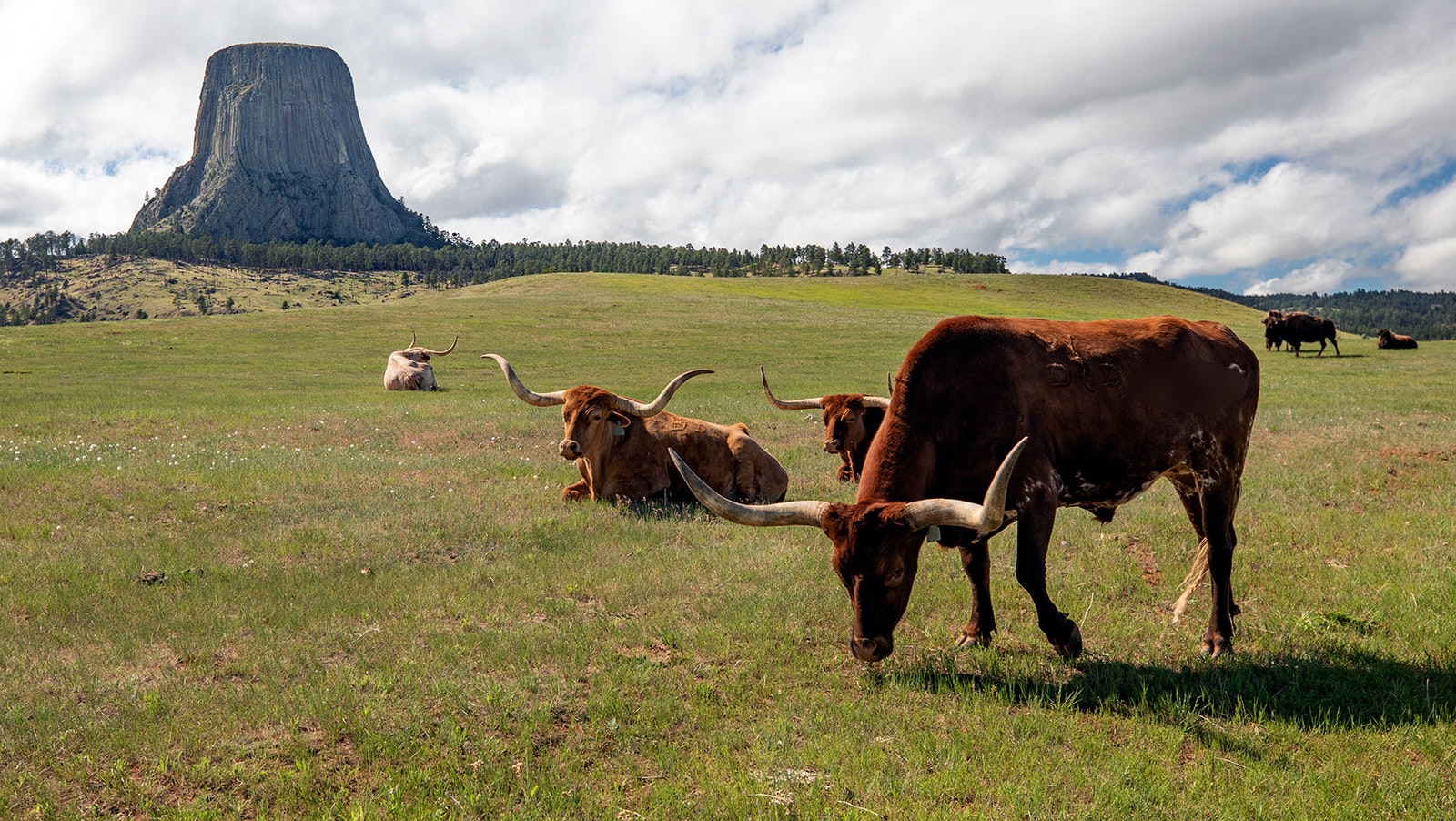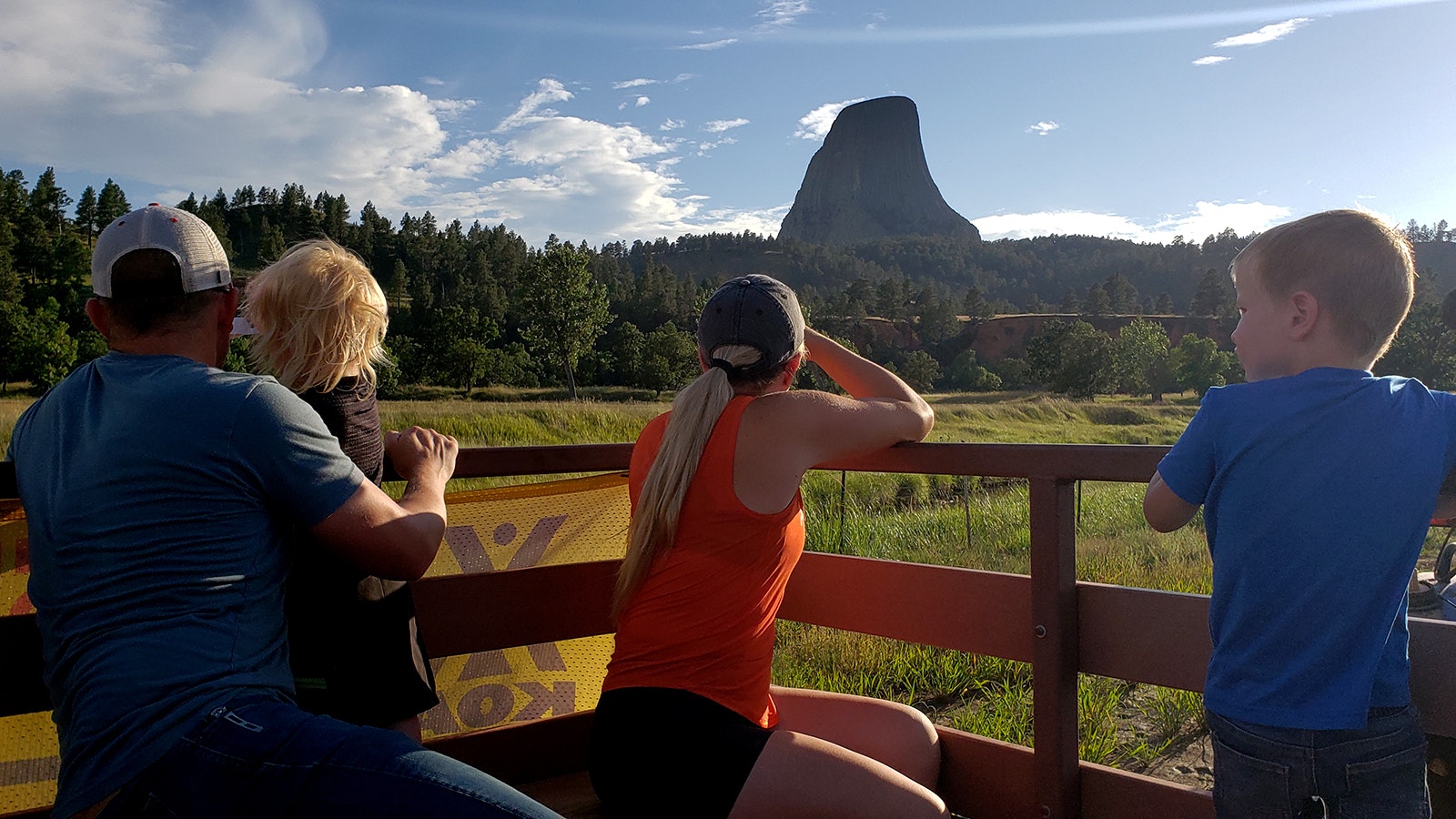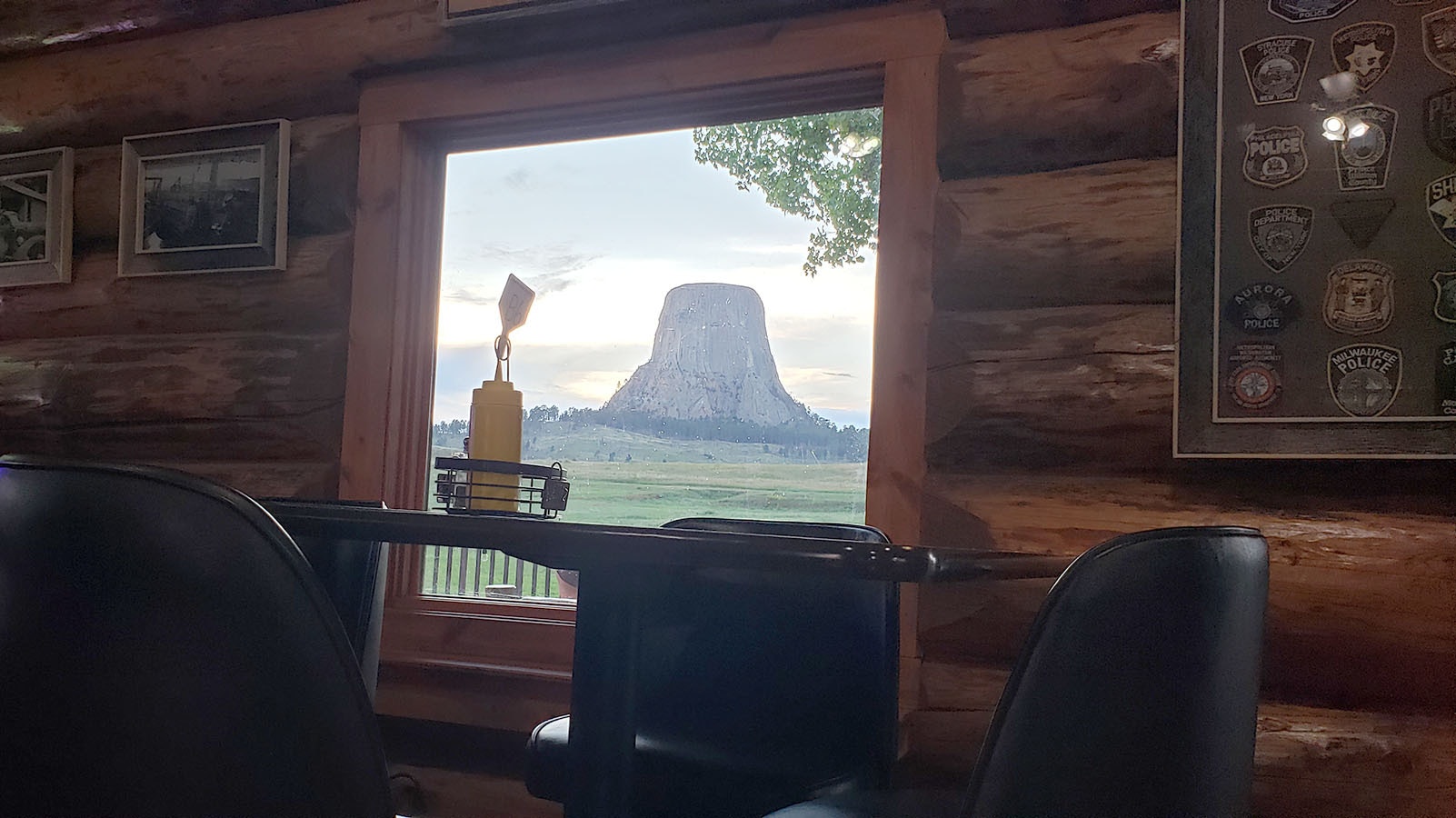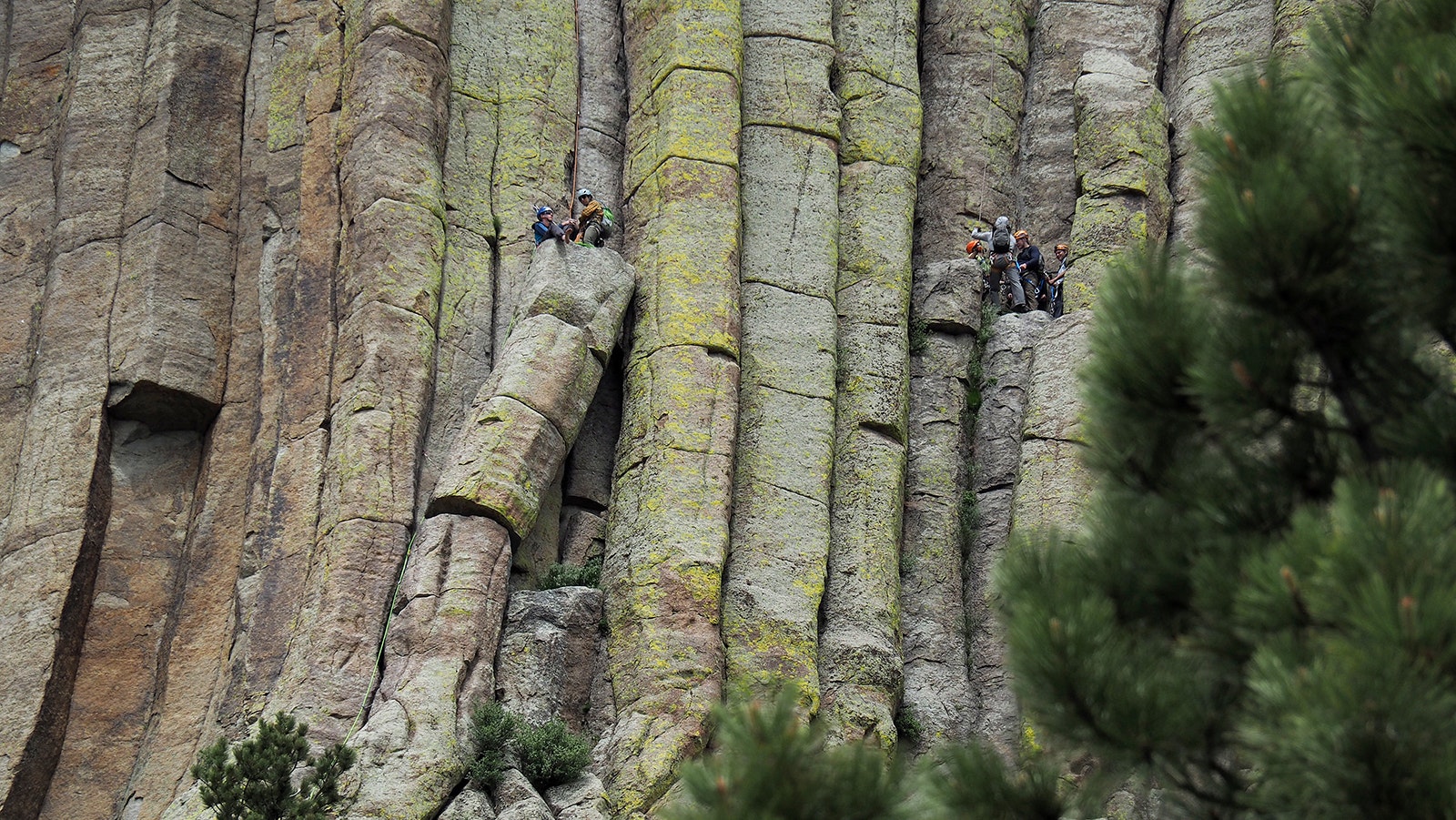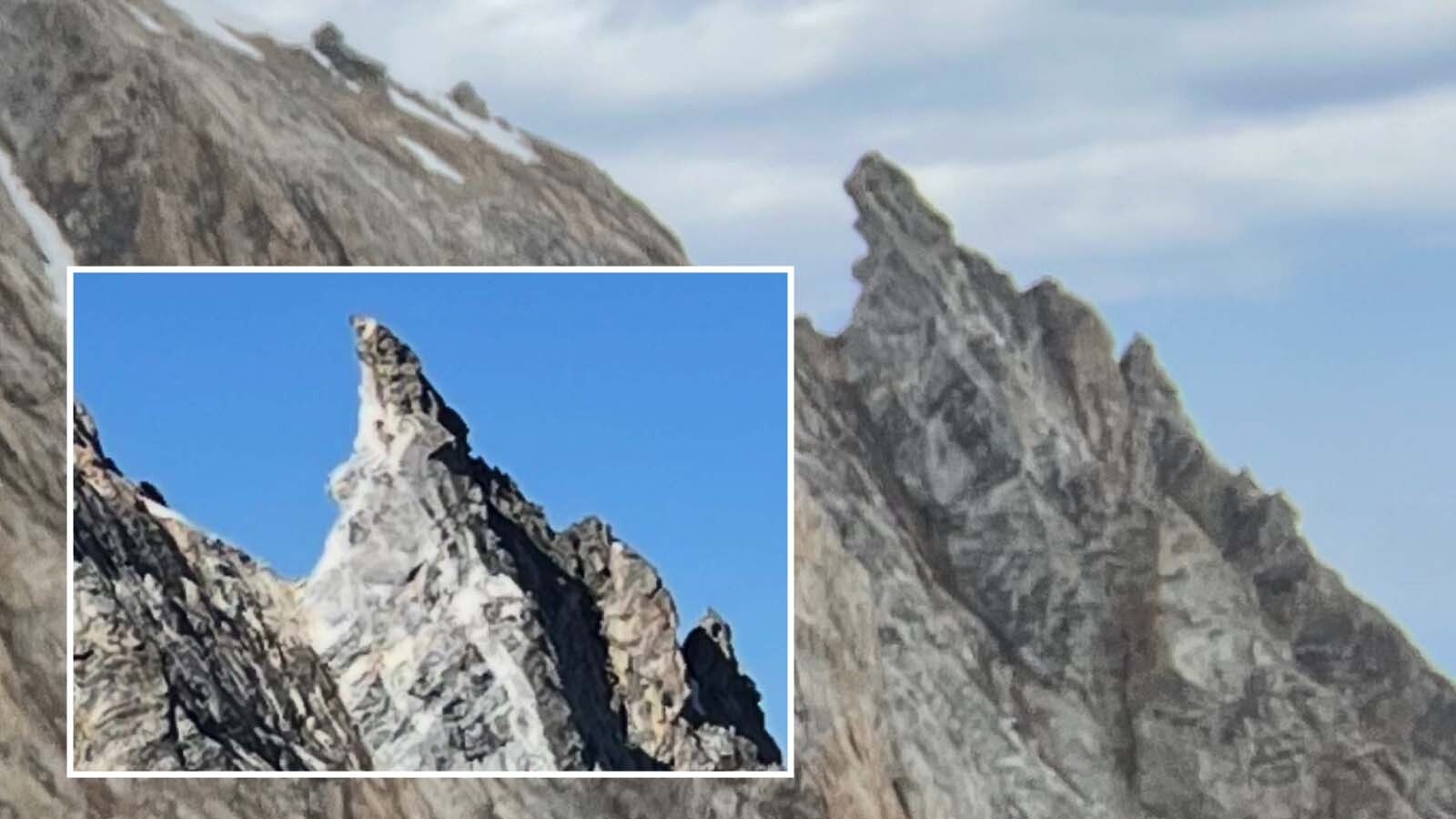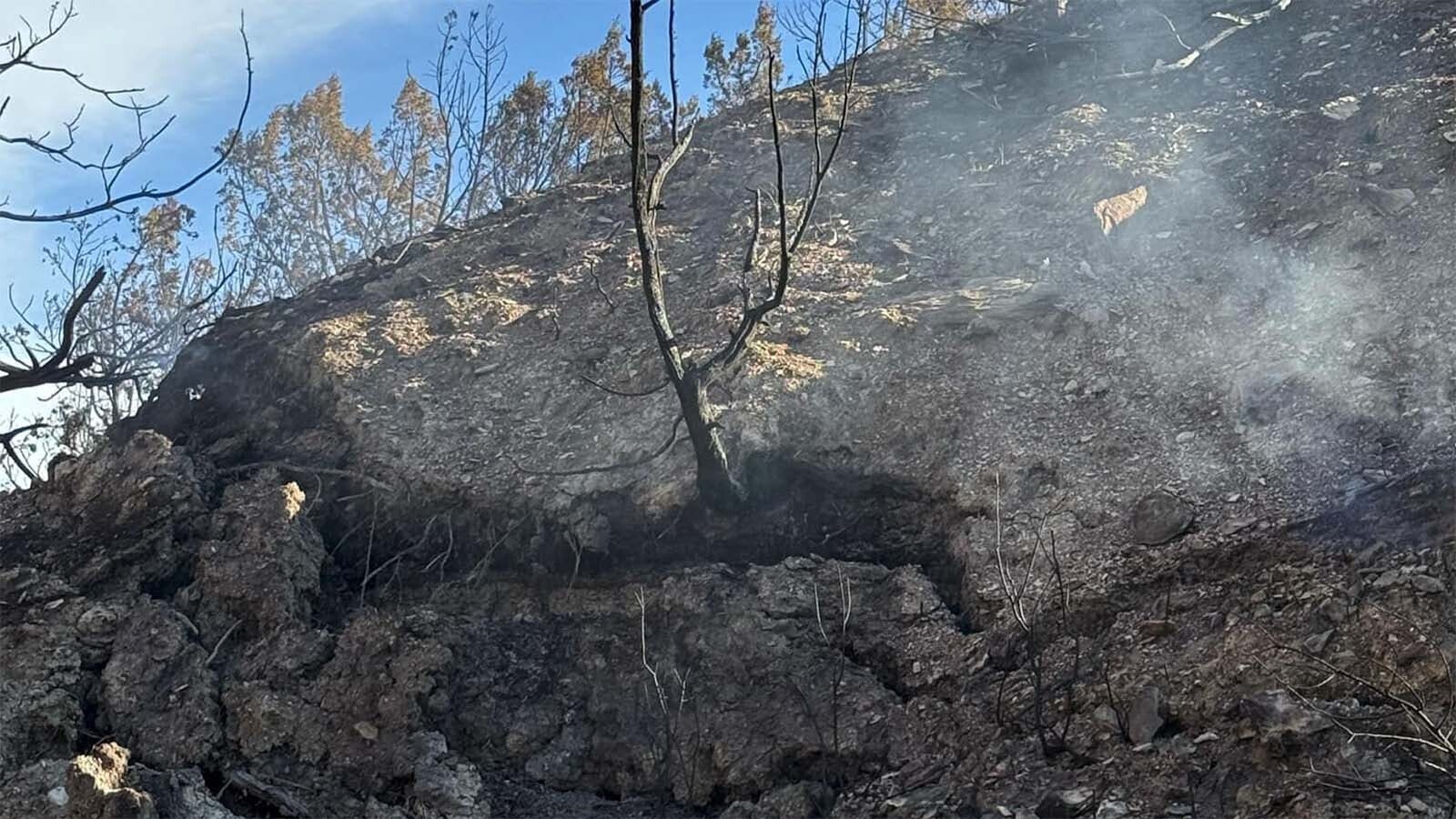Devils Tower, the first national monument in the United States and a ubiquitous Wyoming landmark, wasn’t always Devils Tower.
In a time where many geographic names are being changed to rectify cultural insensitivities of the past or political correctness of the present, a longtime debate about renaming Devils Tower continues to simmer.
Petitions have been submitted to the U.S. Board of Geographic Names proposing a new name for the 625-foot-tall pillar of volcanic rock. A 2014 petition suggested renaming tower and national monument Bear Lodge, which is what it was commonly called by the Lakota, Arapahoe, Cheyenne and other American Indian tribes long before the first white settlers spotted it.
Wyoming Senate President Ogden Driskill, R-Devils Tower, and his family have lived in the shadow of Devils Tower for more than a century. He doesn’t oppose geographic name changes, but said the critical consideration when doing so is intent, both past and present.
He said the name Devils Tower isn’t, and never was, offensive so there’s not enough of a case to rename it.
“I see it as a solution that’s looking for a problem,” he told Cowboy State Daily. “It makes absolutely no sense.”
Why Bear Lodge?
There are many American Indian legends surrounding the tower’s creation and variations on its name.
The common thread between most stories is an omnipotent spirit lifting a rock off the ground to rescue a group of young girls or boys who sought shelter on it from giant bears pursuing them. The rescued children are represented by the Pleiades star cluster, which still looms over the rock’s summit, and the clawing the giant bears left as deep grooves along its sides.
Bears are primary figures in many of these legends, which is why American Indian names associated with the formation include Bear's House, Bear's Lodge, Home of the Bear and Bear's Lair.
There are other names for the tower and legends built around it, but Bear Lodge is recognized as the most common name among the tribes that lived in the region before the first contact with white settlers.
Why Devils Tower?
The name Devils Tower came from the journals of Henry Newton, a geologist and mapmaker traveling with a U.S. Army expedition exploring the Black Hills in 1875. According to that history, Newton was told the spectacular geologic formation was “The Bad God’s Tower” and that tribes avoided the landmark and the surrounding valley because of its ominous association.
Driskill has read Newton’s writings, in which he recorded that none of his Sioux guides would venture into the valley with him and noted that the entire region seemed devoid of recent American Indian habitation. That was enough for Newton to see validity in calling it The Bad God’s Tower, even though he knew American Indian religion and legend didn’t include the concepts of the devil or heaven and hell.
When expedition leader Col. Richard Irving Dodge published the book “The Black Hills” in 1876, he called the landmark “the Devil’s Tower,” categorizing it as “a name adopted with proper modification by our surveyors.”
The details of this history are debated. There’s a theory that Newton and Dodge confused the Lakota words “wakansica” (meaning bad god or evil spirit) and “wahanksica” (for black bear.)
The National Park Service, which discusses the Devils Tower naming debate on the monument’s website, says several maps from the same period and earlier designate the landmark as Bear Lodge or something similar. But Dodge’s book was a popular read when it was published, and Devils Tower (losing the possessive) became the most well-known name in popular culture.
The formation was officially designated as Devils Tower since 1890, the same year Wyoming became a state and the U.S. Board of Geographic Names was established by the U.S. government. On Sept. 24, 1906, President Theodore Roosevelt designated Devils Tower as the nation’s first national monument, further cementing the name.
The Intent
Even in the 1870s, Newton and Dodge recognized their moniker wasn’t a direct reflection of American Indian culture and legends but was consciously reflective of their understanding of it. For Driskill, that’s enough to justify it remaining Devils Tower.
“It absolutely in no way was intended to be derogatory or offensive to anybody,” he said. “It was named with the best interpretation they could find at the time. The intent is where it’s at in all of this.”
Driskill cited several resolved and ongoing petitions to rename Western landmarks like the more than 40 places with the word “squaw” throughout Wyoming as justifiable and appropriate. “Squaw” is a recognized derogatory term for American Indians, and the U.S. Board of Geographic Names has repeatedly voted to remove the slur from landmark names.
“When names or comments are made with intent for ill will, they absolutely need to be corrected, and they’re wrong,” Driskill said. “It’s as wrong as it gets.”
Even amongst those debating the name of the monument, the majority consensus is that Devils Tower was not given out of malice or with the intent to defame anyone. Still, many see the name change as an appropriate correction of a misunderstood history that should be taken seriously.
Where’s That?
Devils Tower perhaps Wyoming’s most recognizable landmark that most visitors know as Devils Tower. Beyond semantics and cultural history, Driskill believes changing the name would directly impact the communities in northwest Wyoming.
“Everyone knows what Devils Tower is,” he said. “We’re not a huge national deal, but we’re known nationwide.”
In an already remote and sparsely populated area, Devils Tower National Monument brings tourists to the region and benefits several local economies. Driskill said a name change wouldn’t stop tourism altogether, but it could make many people unfamiliar with a landmark they already know.
“They certainly aren’t going to know what (Bear Lodge) is. It’d be tough for tourism,” he said.
Black Elk’s Peak
Driskill cited a recent renaming in the Black Hills of South Dakota as an example of how a well-intentioned effort to be more culturally sensitive wasn’t so simple.
On Aug. 11, 2016, the U.S. Board of Geographic Names changed the name of Harney Peak, the highest point in South Dakota, to Black Elk Peak. The peak had been named for U.S. General William S. Harney, who led U.S. Army troops during the Battle of Blue Water Creek in September 1855, where dozens of Brulé Sioux women and children were killed and captured.
The new name was selected to honor the Sioux medicine man Black Elk, who fought at the Battle of Little Bighorn and survived the Wounded Knee Massacre.
Driskill supports that name change and the intention behind it. However, given the Sioux’s history in the Black Hills, he’s curious that the peak’s new name was selected to honor that tribe, to the exception of many others that historically lived in the region.
“Black Elk was a very famous, revered Sioux,” he said. “But he also happened to be one of the ones that kicked the tribes out who were there before the Sioux. They’re fairly new to the Black Hills. Do we think the tribes that were there before think renaming the peak after a warrior who kicked them out of the Black Hills is a good thing?”
Renaming Devils Tower to Bear Lodge would reflect a common name for the landmark among many American Indian tribes that lived in the area, but not all of them, Driskill said. The Black Elk renaming is a historical parallel that many Americans can relate to as an example of that mentality.
“Does England think George Washington is as neat as we think he is,” he said.
Telling Everyone's Story
Regardless of the debates and disparities, Driskill sees every piece of history associated with Devils Tower as stories that can, and should, be told. There isn’t a problem with the name, but there is a solution in the venue.
One of Driskill’s goals is to see a new visitor center built at Devils Tower National Monument. A new facility could be designed so everyone who visits the national monument is exposed to the history associated with the landmark and everyone associated with it.
“We desperately need a new visitor center,” he said. “I’d love to see it be built in conjunction with the tribes to let them tell their story. They absolutely need a platform to talk about what happened in the Black Hills, because it was their area.”
In the meantime, there isn’t an active effort or consideration to change the name of Devil Tower. That would require a vote by the U.S. Board of Geographic Names.
On Jan. 22, 2021, U.S. Sen. Cynthia Lummis, R-Wyoming, introduced a bill to the Senate that would have prevented the renaming of Devils Tower. The bill was cosponsored by Sen. John Barrasso, R-Wyoming, but it did not receive support and has not been reintroduced.
Driskill called Wyoming’s congressional delegation “absolute heroes” for recognizing what Devils Tower means to Wyoming and the nation and trying to preserve it. Still, he’s concerned that a future effort to redesignate the national monument could get enough momentum to make a change.
“It’s been a very tough deal through the years,” he said. “We need to promote equity and fairness and let everyone tell their story. There needs to be an awareness of what’s there. But they probably have a better chance of telling their story their way than they do renaming it the other way.”

Andrew Rossi can be reached at arossi@cowboystatedaily.com.

